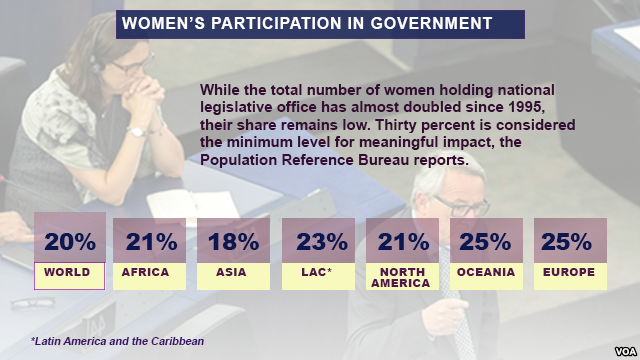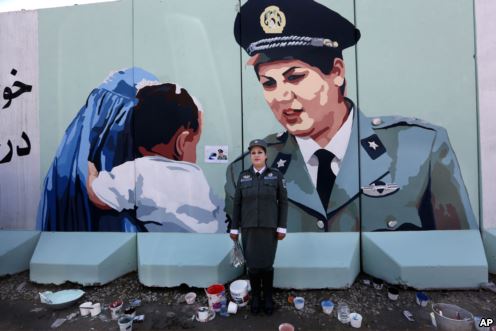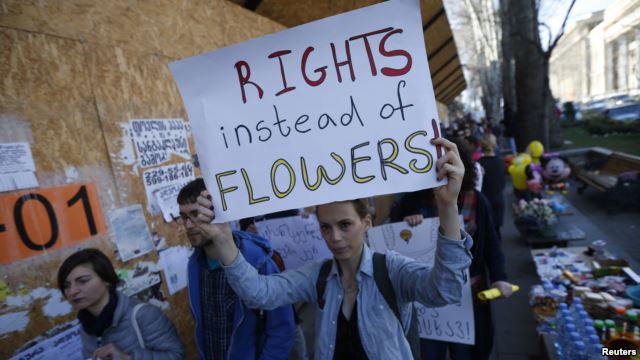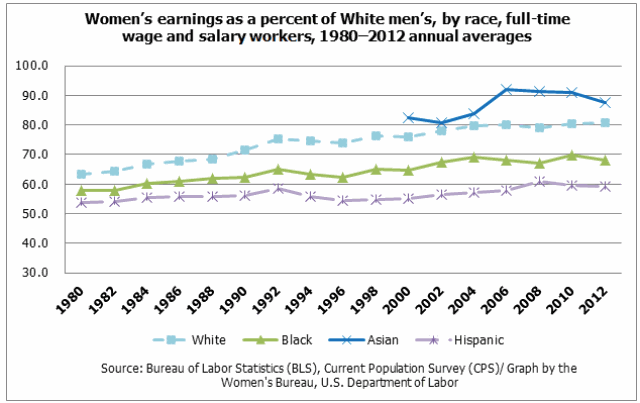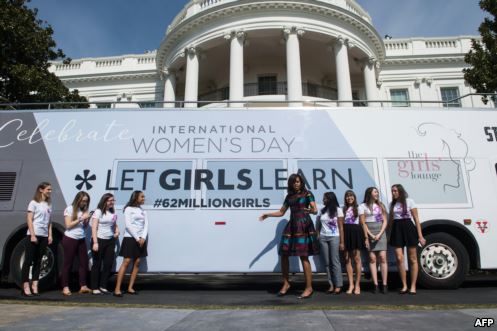
U.S. first lady Michelle Obama poses with young female students in front of the White House before an event to mark International Women’s Day, as part of the first lady’s Let Girls Learn initiative, in Washington, D.C., March 8, 2016.
With roots in the United States more than 100 years ago, International Women’s Day is is being celebrated around the world by acknowledging the many remarkable achievements by women and recognizing the all too many challenges still ahead.
While slightly fewer in numbers population-wise, women face greater inequities in many walks of life.
The 2016 theme is “Planet 50-50 by 2030: Step It Up for Gender Equality,” taking steps toward achieving gender parity by the year 2030. To that end, hashtags such as #PledgeForParity, #OneDayIWill, #SheInspiresMe and #LetGirlsLearn are trending on social media.
And the stories from women, prominent and anonymous, are inspiring the next generation to achieve the equality goal.
A Hidden Reality: Violence Against Women in Politics
Madeleine Albright – CNN
In Bolivia, Councilwoman Juana Quispe was pressured to resign after helping female colleagues file complaints of harassment. When she refused, other council members blocked her from attending sessions and suspended her from office. She was reinstated after a legal battle, but one month later her body was found dumped near a river in La Paz. She had been strangled.
The terrible reality is that one in three women will experience violence in their lives. Of those affected, an alarming but uncounted number of women are specifically targeted because they are engaged in public life. It is a pervasive but often overlooked barrier that prevents women across the world from having their voices heard. On International Women’s Day, we must call attention to this problem.
Of course, attacking anyone — male or female — for political reasons is abhorrent. But eliminating gender-based persecution is important because women in government can be counted on to raise issues that others overlook, to support ideas that others oppose, and to seek an end to abuses that others accept. And perhaps because of their growing ranks in politics, women across the world have experienced a backlash in person and online.
How Afghanistan Women Are Helping the Country Move Forward
Laura Bush – The Washington Post
Friba Hameed, 30, an Afghan police officer, poses for a photograph in front of a mural of herself, painted by an independent artist, outside the main gate of a police precinct to mark International Women’s Day in Kabul, Afghanistan, March 8, 2016.
Fifteen years ago, if you were a woman in Afghanistan, you could be beaten for laughing in public or if your shoes made noise. You could be beaten or killed for going out alone, unaccompanied by a male guardian. Covered by burqas, women became strangers. Waiting in bread lines in Kabul, they learned to recognize each other from the sound of their voices and the faces of male children with them. Today, one of those women, Nasima Rahmani, is a leading lawyer and educator, working toward her PhD.
And she is not alone. Women in Afghanistan are changing their lives and their nation. Fifteen years ago, barely 5,000 girls were enrolled in primary school. Soon that number will exceed 3 million. Thirty-six percent of teachers are women. Afghanistan’s first lady, Rula Ghani, has launched a project to establish a female-only university, run by women. In government, women hold 69 seats in parliament. There are four female government ministers and two female provincial governors. Thousands of women have started their own businesses.
International Women’s Day: Reflecting on Progress Made and Challenges Still Unmet
Rosalynn Carter – Huffington Post
People march on the street to mark the International Women’s Day in Tbilisi, Georgia, March 8, 2016.
When I was in school, I hoped I would get married, if I were lucky, and be a nurse, a secretary, a schoolteacher, or maybe a librarian. Those were about the only options for even a college-educated woman….
American women have increasingly realized — as have men — the impact our opinions have in the voting booth and the marketplace. We have united to impact politics and policy, but also importantly to use our influence to help the poor, the oppressed, and those who suffer from mental or physical illnesses….
Although there has been progress, women still struggle to take their full, rightful places in politics, the media, business, and athletics.
"When we invest in women and girls...we are helping the entire planet." —@POTUS: https://t.co/cqjSc1ZnDB #IWD2016 pic.twitter.com/ZD4uNgqSnU
— WH National Security (@NSC44) March 8, 2016
Public Relations Agencies Are Dominated by Women. So Why Are All Their Leaders Men?
Jennifer Risi – Quartz
Depending on who you ask, women hold anywhere from 61% to 85% ofall PR jobs, and 59% of all PR managers are female. And yet, according to the 2014 World PR Report, only 30% of all global PR agencies are run by women.
PR attracts many women because specialists need to listen to and empathize with their clients, work well in teams, and be fierce advocates for their clients. These skills are a natural fit for a lot of women. These are also skills that make good managers and strong leaders.
How Do We Close the Wage Gap in the U.S.?
Bouree Lam – The Atlantic
ANSWER
The government should make it illegal for companies to pay men more than women.
QUESTION
It already has. So why hasn’t that worked?
Since 1963, the Equal Pay Act has stated that men and women doing the same work have to be paid equally….
Of course, this helps if men and women are doing the same work. But a big part of the gender wage gap is due to the fact that they aren’t. So what’s to be done aboutthat?


